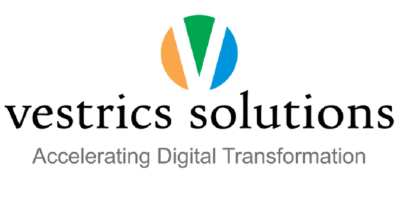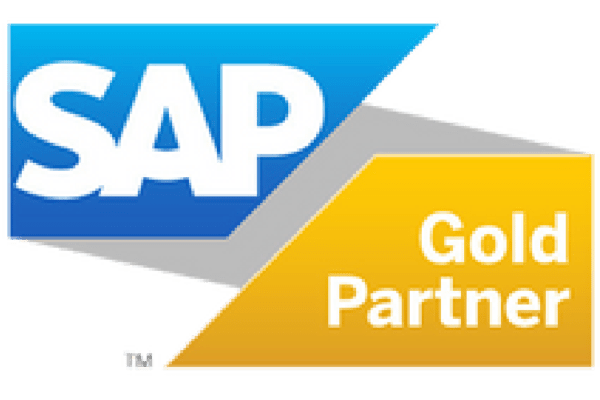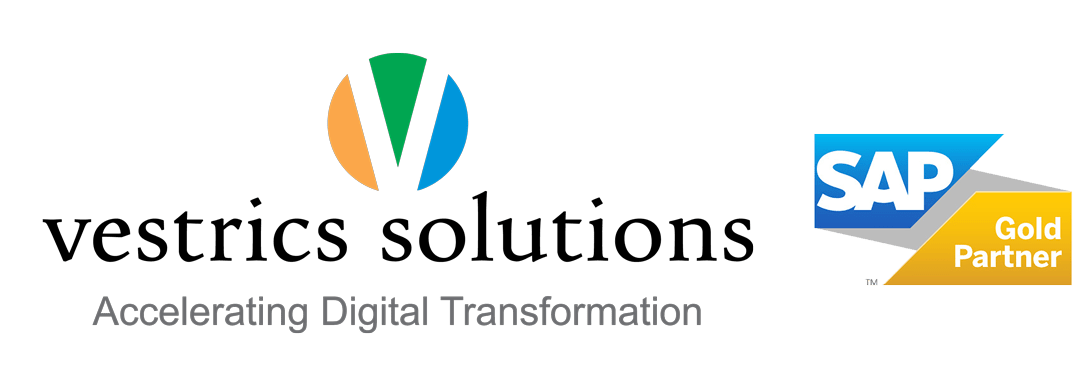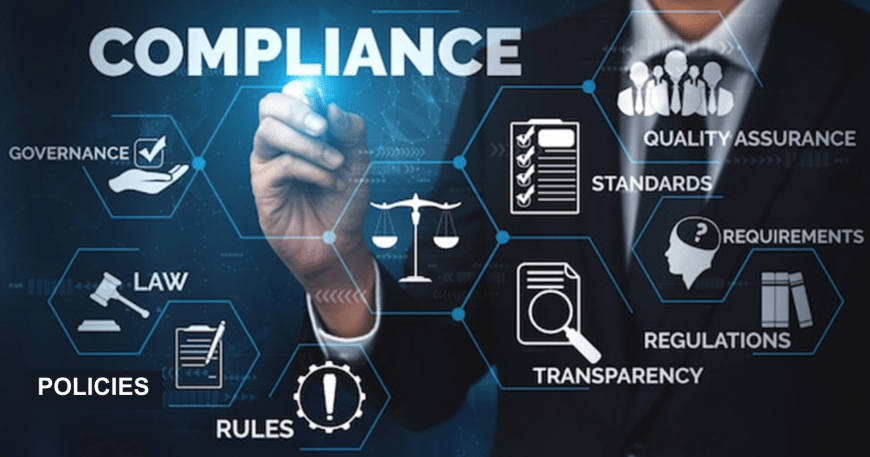Industry 4.0 and ERP: Driving Digital Transformation in Manufacturing
Industry 4.0, the Fourth Industrial Revolution, denotes a paradigm shift in manufacturing and industrial processes by seamlessly integrating cutting-edge digital technologies. This transformation encompasses a suite of innovations, including Industrial IoT networks, Artificial Intelligence (AI), Big Data, robotics, and automation. Industry 4.0 aims to elevate productivity, efficiency, and adaptability by ushering in smart manufacturing and intelligent factories while enabling astute decision-making and customization across supply chain operations. The Evolution of Industry: To appreciate Industry 4.0, one must reflect on the preceding industrial revolutions that have shaped our world. The First Industrial Revolution dawned in the early 1800s, propelled by the invention of the steam engine, liberating manufacturing from its reliance on manual labor. A century later, the Second Industrial Revolution harnessed petroleum and electric power, revolutionizing mass production with the advent of assembly lines. In the mid-20th century, we witnessed the Third Industrial Revolution, defined by the emergence of computers, factory automation, and early forms of data management. The Fourth Industrial Revolution: Today, information fuels manufacturing. Data flows ceaselessly from every corner of businesses, in real-time, transcending geographical boundaries. At the heart of this revolution lies Artificial Intelligence (AI), enabling manufacturers to gather copious amounts of data and harness its power for analysis, prediction, understanding, and reporting. A singular technology does not characterize Industry 4.0; it thrives on seamlessly integrating various systems, tools, and innovations. The Pillars of Industry 4.0: Industry 4.0 stands on nine technological pillars, bridging the physical and digital realms to create intelligent, autonomous systems. While some of these advanced technologies are already in use, their full potential is realized when combined: 1. Big Data and AI Analytics: Industry 4.0 capitalizes on the immense volume of data generated across operations. This data, often referred to as Big Data, encompasses information from IoT devices, production processes, customer feedback, and more. Artificial Intelligence (AI) and advanced analytics are pivotal in extracting meaningful insights from this data. AI algorithms can identify patterns, make predictions, and optimize processes in real time. For instance, AI-powered predictive maintenance algorithms in manufacturing can anticipate equipment failures, enabling proactive repairs and reducing downtime. 2. Horizontal and Vertical Integration: Horizontal integration involves the seamless connection of processes across the production floor and supply chain. This means that various stages of production, from raw materials to finished products, are closely linked. Vertical integration, on the other hand, extends this integration beyond the production realm to include departments like R&D, quality control, and sales. This eliminates silos and allows for a holistic view of operations. Consequently, companies can make informed decisions based on real-time data, ultimately streamlining processes and reducing inefficiencies. 3. Cloud Computing: Cloud computing serves as the backbone of Industry 4.0. It provides a centralized platform for storing, processing and accessing data from various sources. This technology enables real-time communication among different components of a cyber-physical system. For example, IoT devices on the factory floor can transmit data to the cloud, which can be analyzed and shared across the organization. Cloud-based solutions also facilitate remote monitoring and management, allowing for greater flexibility and scalability in operations. 4. Augmented Reality (AR): Augmented Reality superimposes digital information onto the physical world. In Industry 4.0, AR is harnessed to enhance various aspects of manufacturing. For instance, technicians can use AR-equipped smart glasses to view real-time data, instructions, and digitalized parts while working on machinery. This technology revolutionizes maintenance and repair procedures, improves training processes, and enhances overall operational efficiency. 5. Industrial Internet of Things (IIoT): The IIoT is a critical component of Industry 4.0. It involves embedding sensors and RFID tags in physical assets, such as machinery and products. These sensors collect real-time data on factors like performance, condition, and location. This data empowers businesses to optimize their operations in numerous ways, such as preventing equipment downtime, tracking inventory levels, and responding swiftly to changes in customer demand. 6. Additive Manufacturing/3D Printing: Additive manufacturing, often known as 3D printing, is a transformative technology in Industry 4.0. It allows for creating three-dimensional objects by adding material layer by layer. This technology enables rapid prototyping, customization, and distributed manufacturing. Products can be stored as digital design files and printed on demand, reducing the need for extensive physical inventories and facilitating more agile production processes. 7. Autonomous Robots: Industry 4.0 introduces a new generation of autonomous robots capable of performing tasks with minimal human intervention. These robots are equipped with advanced software, AI algorithms, sensors, and machine vision systems. They can navigate complex environments, recognize objects, and execute precise movements. From inventory scanning drones to autonomous mobile robots for pick-and-place operations, these robots are revolutionizing various industries, including logistics, manufacturing, and warehousing. 8. Simulation/Digital Twins: Digital twins are virtual simulations of real-world machines, products, processes, or systems. They are created based on data collected from IoT sensors. Digital twins offer a dynamic representation of physical assets, allowing for detailed analysis and simulation. For example, an industrial asset operator can use a digital twin to identify potential malfunctions, predict maintenance needs, and improve overall uptime. This technology enhances performance monitoring and aids in making informed decisions about maintenance and optimization strategies. 9. Cybersecurity: With the increased connectivity and reliance on digital technologies in Industry 4.0, robust cybersecurity measures are paramount. A zero-trust architecture, which assumes that no user or system is inherently trusted, is a crucial approach. Machine learning and blockchain can also automate threat detection, prevention, and response. By implementing these measures, companies can minimize the risk of data breaches, production delays, and other cybersecurity threats across their networks. Industry 4.0 in Action: The transition to Industry 4.0 brings about a cultural and operational evolution, unifying people, data, and assets for unprecedented optimizations. Here are a few examples of how Industry 4.0 solutions are driving efficiency, visibility, and sustainability in manufacturing and supply chains: 1. Collaborative Design Platforms: Collaborative design platforms are digital environments facilitating cross-functional collaboration among R&D teams, product designers, and stakeholders across an organization. These platforms provide a centralized space for sharing design data, insights, and feedback. Collaborative






